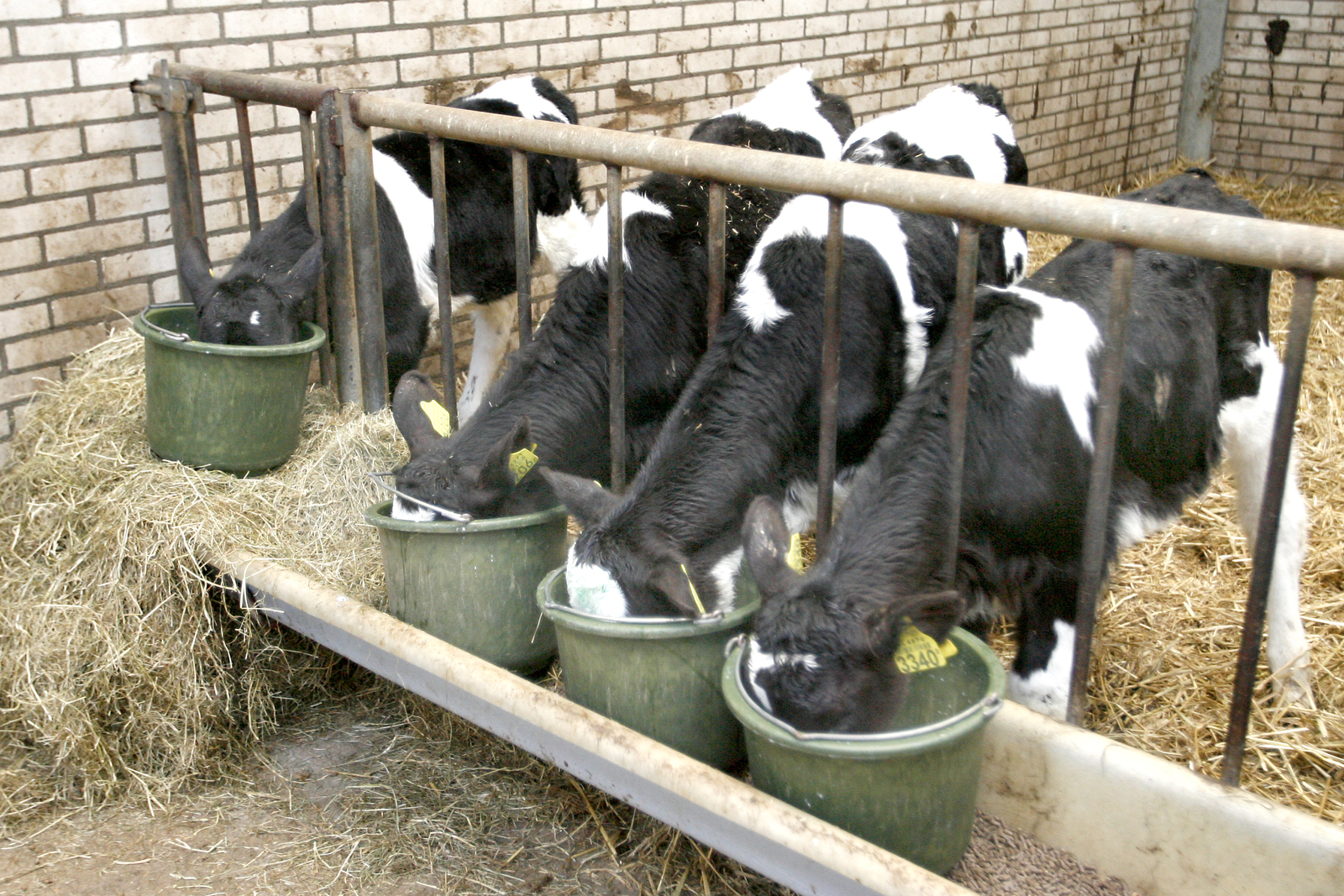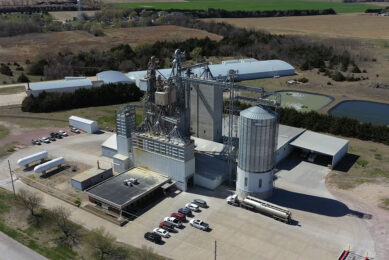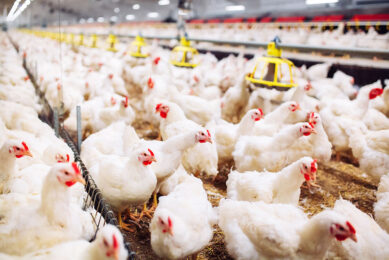‘No automatic approvals of antibiotics in feed’

Kansas State University veterinary expert Michael Apley says that ranchers shouldn’t expect their veterinarians to automatically approve uses of medicially important antibiotics under new federal guidelines that fully take effect January 1, 2017, reports Capital Press.
Ranchers shouldn’t expect veterinarians to automatically approve uses of medically important antibiotics in livestock feed or water under new federal guidelines, Apley said during a webinar sponsored by the National Cattlemen’s Beef Association. The June 23 webinar aimed to help producers and veterinarians know what to expect as the US Food and Drug Administrations new antibiotic regulations fully take effect Jan. 1, 2017. “Veterinarians will have to consider a variety of factors when filling out directive forms, including whether a non-antibiotic alternative is available, whether the planned use matches the label and how the drug’s use could impact antimicrobial resistance.”
No automatic authorisation
Further, a veterinarian can only approve uses if he or she has an existing vet-client relationship with a producer, including knowledge of the facilities and examination of animals. “As you initially converse with a veterinarian, I ask you to be prepared that this is not an automatic authorisation,” Apley told producers during the webinar. “I think it’s important to recognise, rather than any kind of burden, that this may drive some interactions in relation to feed use.” Producers shouldn’t necessarily expect quick approvals, either, and should contact their veterinarians well before they intend to use the medicines, according to Apley.
Antibiotics added to water require prescription
Under the regulations, all medically important antibiotics delivered through feed, including those currently available without a prescription, will have to be approved by a veterinarian in a completed feed directive. Medically important antibiotics added to water will require a prescription.
“The objective of veterinary oversight is not to require the veterinarian to directly administer these drugs but to involve them in the decision-making process,” said Craig Lewis, veterinary medical officer for the FDA’s Center for Veterinary Medicine.
Medically important classes of antibiotics are generally defined as macrolides, aminoglycosiders, lincosamides, penicillins, streptogramins, sulfonamides and tetracyclines, the California Cattlemen’s Association explained in a newsletter. Ionophores such as Rumensen are not covered, the CCA notes.
Single form may allow for animals in multiple pens to be treated
However, the VFD for a covered drug would have to mention any non-medically important antibiotic that is mixed in, Apley said.
The feed directive will have to include such information as regimen, dose, duration and the number of cattle and have an expiration date, past which the drug couldn’t be administered. A single form may allow for animals in multiple pens to be treated, Apley said.
“The really big take-home … is that it all revolves around the label,” he said. “It is currently the law for in-feed use of all drugs that there is no extralabel use. The fact that it will require a veterinarian to authorise (antibiotic) use does not change this law.”
Join 26,000+ subscribers
Subscribe to our newsletter to stay updated about all the need-to-know content in the feed sector, three times a week. Beheer
Beheer









 WP Admin
WP Admin  Bewerk bericht
Bewerk bericht